By Blaine Taylor
I fired the M79 grenade launcher in advanced infantry training at Fort Dix, New Jersey, in 1965, and had one on the back seat of my machine-gun jeep during my tour of duty in South Vietnam in 1966-1967 as a member of the U.S. Army 199th Light Infantry Brigade. The M79 was a large-bore, single-barrel, single-shot weapon that was breech loaded and fired from the shoulder. It launched a 40mm by 46mm grenade in a round that resembled a huge bullet.
The close-support infantry weapon reportedly was nicknamed Thumper, Blooper, Thump Gun, or Bloop Tube by some soldiers due to its distinctive report. But I do not recall anyone I knew calling it by any of those names. Some Australian forces fighting in Vietnam also allegedly referred to the M79 grenade launcher as the more colorful Wombat Gun.
The M79 was popular with the Vietnam-era soldiers, easy to use, highly reliable, and required little maintenance.
I recall in advanced infantry training that I got a sore shoulder if I didn’t hold and fire the weapon close in with the stubby, wooden stock pressed firmly against me.
Many of the movies during the Vietnam era and afterward portray the weapon as being fired in the exact opposite manner that we were told to, namely with our right thumb aligned along the stock of the weapon so as not to be cut by the recoil.
In the movies, the shooters always seemed to have their thumbs around the rear of the weapon, as if they were firing a rifle, which is incorrect. The U.S. Army Field Manual 3-22.31 Appendix A, states: “Do not place your thumb over the small of the stock, as the safety could injure your thumb when the launcher recoils.”
To understand how the U.S. Army came to develop the M79, it is worth taking a look at the evolution of the grenade itself over the centuries.
The hand grenade has been a staple of the European infantryman’s inventory since Europeans learned how to make black powder.
The first written formula for black powder dates back to the Sun Dynasty in 11th-century China. By the 13th century, the Chinese were using it to make bombs and grenades. Knowledge of how to make black powder probably made its way to Western Europe either via the Silk Road or the Mongol invasions. Before that, the Byzantines had used Greek Fire in the wars they fought during the Middle Ages.
When the Spanish Conquistadors began their wars of extermination against the indigenous peoples of Latin America, their soldiers flung hand grenades in combat.
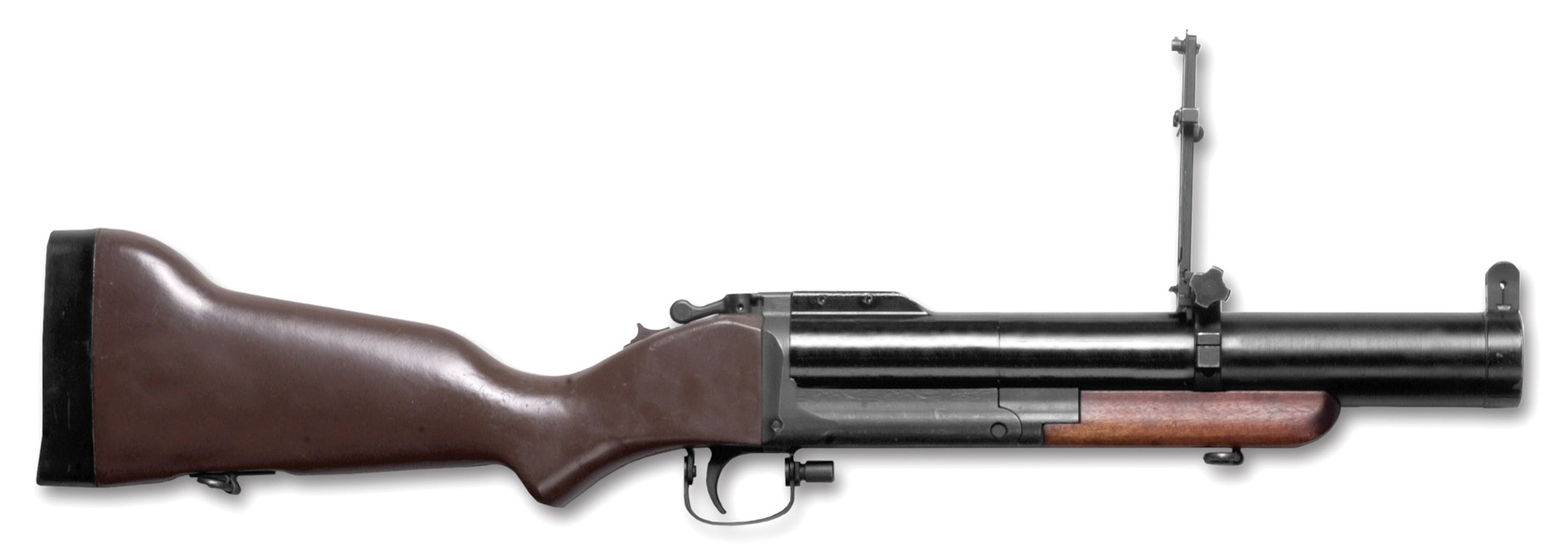
During the 18th century, European troops who wielded explosives that could be thrown were known as grenadiers and wore distinct clothing to set them apart from ordinary infantrymen. A grenadier wore tall, mitred, pointed, metal headgear, while those of the later Georgian Era British redcoats and their opposite numbers, the Napoleonic French, wore equally high bearskin busbies.
British knowledge of how to make grenades was transferred to the Americans, and noted Philadelphia scientist Ben Franklin designed American grenades.
During the American Civil War, the “universal model” cylindrical grenade was made in Pittsburgh, Pennsylvania, for the Union Army. The Ketchum hand grenade, which was patented in 1861, no longer had to be lit before being thrown, but rather had a percussion cap that was plunger activated.
The far more sophisticated excelsior grenade was developed by Hanes in 1862, but due to faulty explosions prior to combat few were actually if ever used in battle. Louisiana Confederates simply stuck short fuses into 6- and 12-pound cannonballs, lit them, and rolled them into Union ranks.
It was the Germans who formally developed round, iron ball grenades about the size of a 6-pounder ball with timed burn, delayed fuses that activated a black powder charge inside a grenade shell of cast iron.
The French Army of World War I developed a smooth iron ball using a friction fuse in a wooden plug. As the war dragged on, the Germans during ammunition shortages simply employed concrete hand grenades instead.
As trench warfare dominated the Western Front during most of November 1914 until almost exactly four years later, more and better grenades came online as both sides hurled them at each other across no man’s land between opposing trench systems.
Defensive grenades were designed to spew fragments at 100 yards, while their offensive counterparts only carried up to 10 yards. The American grenade even had a kite-like tail to aid it in flight, but this proved impractical in the long run. In July 1918, a million of these grenades were discarded unused and abandoned as the war of movement resumed.
The French Army developed the famous F-1 “pineapple grenade” that featured a hollow, cast iron body. By 1917, the Billant grenade fuse system was also in place. This featured an automatic cast metal fuse screwed into the casing and secured with a safety pin and lever.
The soldier pulled the pin with his hands—not with his teeth, as shown in war films—which made a lever release a plunger that caused a pair of hammers to fall, exploding the primer and grenade. The resulting explosion shattered the grenade into many deadly, antipersonnel fragments.
The U.S. Army’s subsequent modification of the French F1 grenade was used during World War II, Korea, and Vietnam in variations.
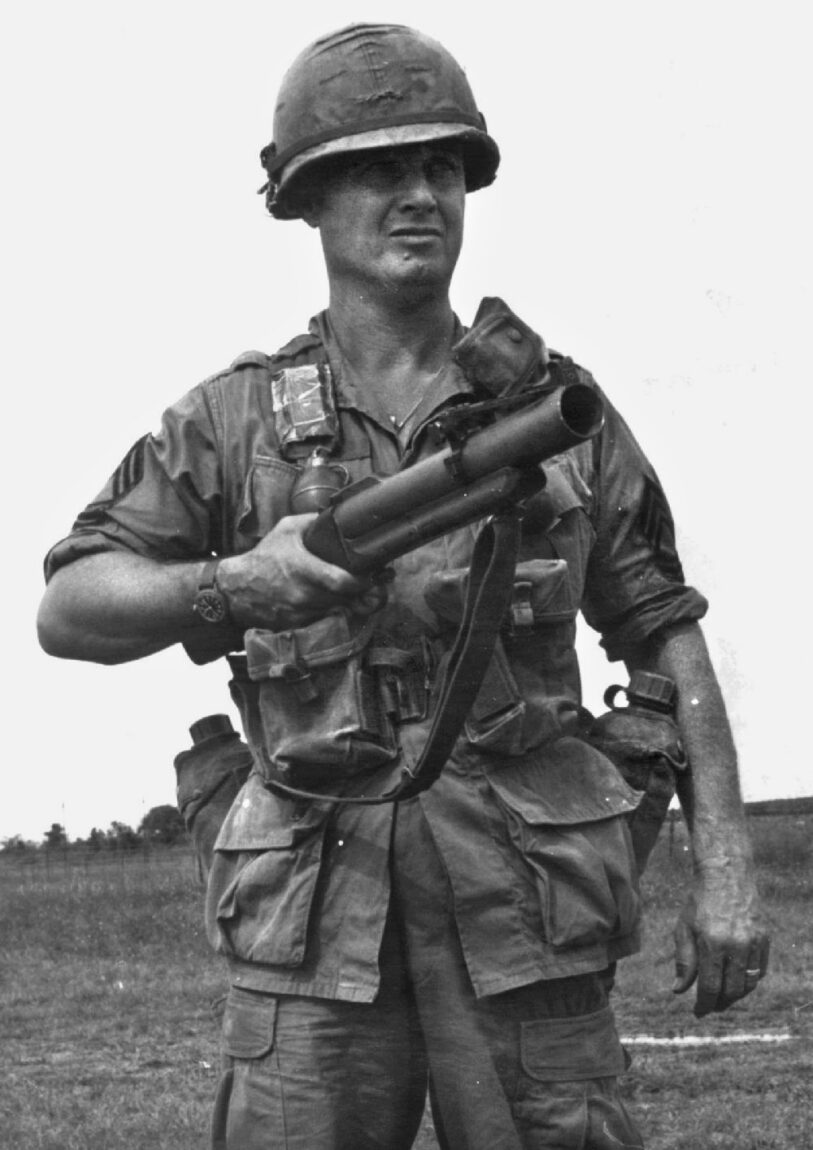
Rifle grenade launchers were introduced in World War I. The Tsarist Russian Army developed the Mosin-Nagant 91 rifle grenade launcher mounted on its bayonet as a cup. The 42mm grenade delay fuse was positioned on the grenade’s bottom, and a blank round fired via the barrel thus launched the grenade itself.
The succeeding Red Army introduced the Diakanov rifle grenade launcher after World War I for use with the standard Russian 1891-30 rifle of the same name.
According to one Red Army soldier, “We received rifles and grenades that could be fastened onto the rifle barrels. Well, we tried them but they proved totally worthless. When you pressed the trigger, the grenade flew only about five meters, and failed to explode. We then turned all that junk in.”
From 1936 to 1957, the U.S. Army brought online the USM7 and M7A1 grenade launchers, wherein a hinged clamp fitted the launcher to the weapon’s bayonet lug and gas cylinder valve screw.
Firing a specialized rifle cartridge, gas propelled the thrust necessary to send the grenade itself down range. In time, a propellant was added that ignited the fired rifle cartridge’s own flame for greater range. The same ignition system could ignite time delay fuses for both signal and illumination rifle grenades as well.
In 1966, the Yugoslavian Army introduced the SKS M59/66 rifle with its launcher also on the barrel, with a gas cutoff valve on the gas block. It featured a folding front sight that boasted six different ranges.
Like the design of many other Korean War and Vietnam War weapons, that of the M79 evolved out of the Army’s World War II experiences.
During World War II, the light M1 Carbine employed the M8 grenade launcher that was clamped to the business end of its barrel via a wing nut. Its rounds were the M9/M9A1 anti-tank grenades with a shrapnel charge inside that could penetrate between three to four inches of armor plating at a maximum effective range of 250 yards.
When first issued in 1961, the M79 grenade launcher was a complete departure from all these predecessor weapons, being solely dedicated to the firing of the 40mm grenade.
The M79 was developed to give the ordinary infantryman increased firepower with an explosive projectile that was also more accurate at a greater range than had been the case with its World War II predecessor, the rifle grenade. At the same time, it was designed to be far lighter to carry than an indirect fire weapon such as the 81mm mortar.
The M79 was designed by the Springfield Armory over a seven-year period beginning in 1953. The armory’s initial S-3 morphed into the successor S-5 model that the Army adopted, even though it couldn’t be refined into a multi-shot weapon as originally desired. The S-5, which featured a new sight, was delivered to the Army in 1961.
More than 350,000 units of the weapon were subsequently manufactured by companies such as Action Manufacturing Company, Exotic Metal Products, Daewoo, the Kanarr Corporation, and Thompson-Ramo-Woolridge.
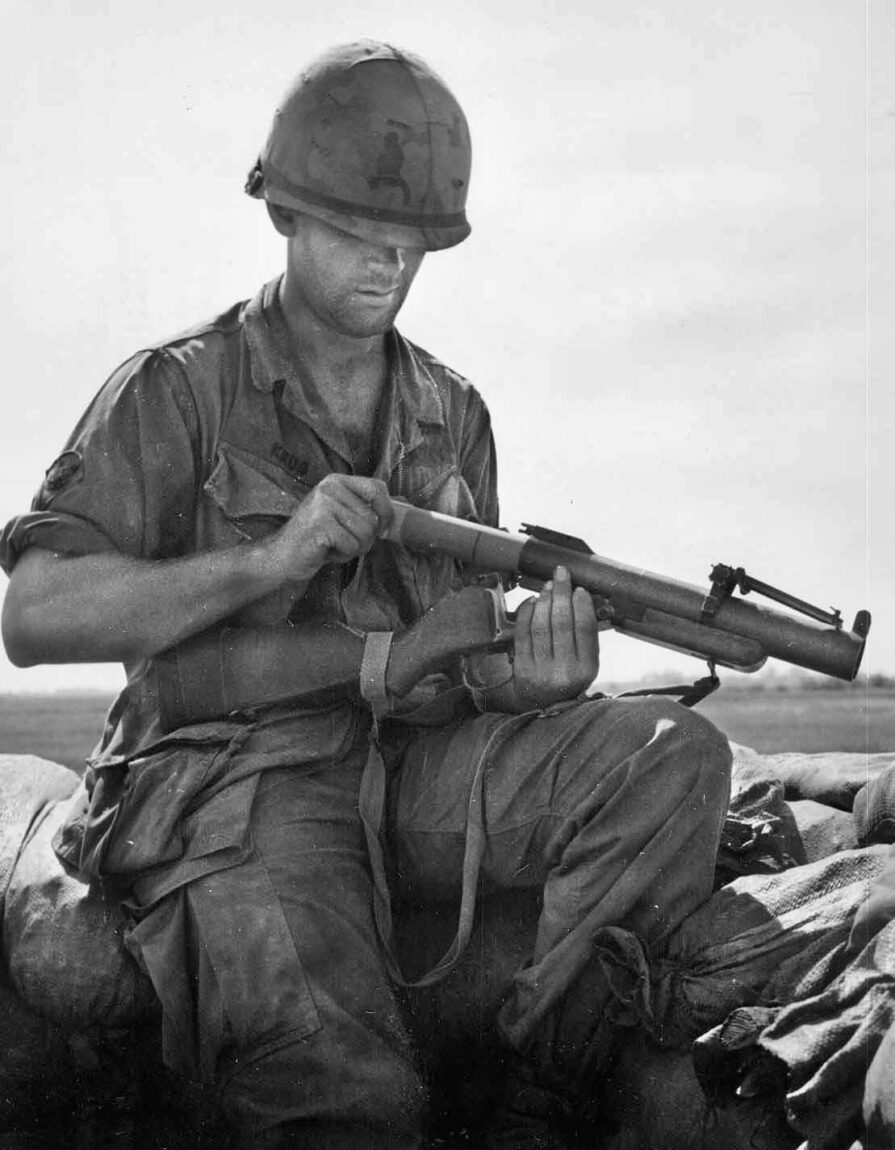
Dubbed, the “the platoon leader’s artillery,” the M79 was used extensively by American and allied forces in Southeast Asia against Viet Cong forces and NVA regular units.
The M79 weighed 5.95 pounds when empty and 6.45 pounds when loaded. It was 28.78 inches long with a stock and barrel of about even length. Some soldiers cut down the short stock and barrel to render the light weapon even more portable.
Broken down into its parts, the M79 consists of the fore-end assembly, receiver group, barrel, sight assembly, stock, and sling. Attached to the end of the stubby butt is a rubber recoil pad that absorbs some of the weapon’s recoil action.
The high-low propulsion system firearm was designed to keep its recoil forces low. The M79 was meant to bridge the gap between the maximum possible throwing distance of the more traditional hand grenade and the shortest range of supporting mortar fire, which was estimated to be between 50 meters and 300 meters.
The M79 has a large flip-up sight located midway down the top of its short barrel, as well as a basic leaf foresight at the end of the barrel. Its rear sight can be calibrated up to 375 meters in 25-meter intervals.
While somewhat slow to load with its break-open rear breech, the M79 was nonetheless a handy weapon to have, with a five-yard fragmentation range. The M79 has an effective range of from 350 meters to 400 meters with a muzzle velocity of 75 meters per second.
The M79 used by Army troops in Vietnam fired a variety of 40mm rounds: high explosive, smoke, antipersonnel, flechette, illumination, and even buckshot, the latter hearkening back to my initial impression of it as a shotgun.
The high explosive rounds included several in its nomenclature: M397, M386, M406, M441, and M576. Included in the M79’s star cluster cartridges were the XM58 and the XM664.
M79 rounds were stabilized in flight by the spin given to the cartridge from the rifle barrel. The M406 high explosive grenade contained enough explosive to produce 300 fragments on impact.
The Army developed two standard types of M79 rounds. The first was the flechette. This round, known as the bee hive for the sound it made in flight, housed up to 45 small, 10-grain steel darts in a plastic casing. These were at first seen to be impractical, though, as they frequently failed to hit their targets point first and penetrate. Conversely, sometimes they would strike sideways and simply bounce off.
The flechette was succeeded in 1966 by the M576 round that contained 20 (M576E1) or 27 (M576E2) 24-grain buckshot pellets propelled down the barrel within a 40mm plastic sabot.
That modification decreased speed in flight so that the pellets would travel in a forward direction unaided. At close range, the round had a devastating effect on its target.
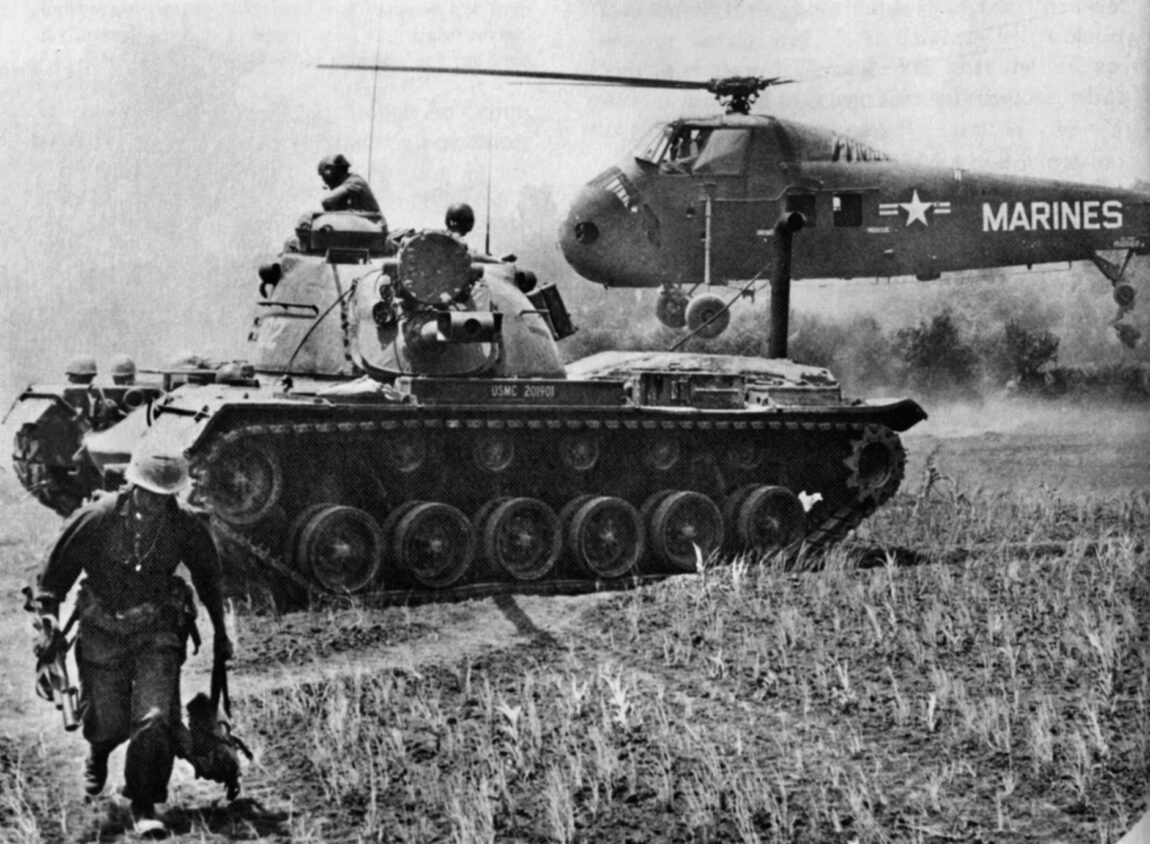
As the range of the rounds increased, they became more ineffective as the shot spread out farther and farther in flight. Thus, the M576E2—in spite of its greater number of shot—was less effective at longer distances than the M576E1 round, as its shot spread out quicker and sometimes even missed its target altogether.
Gas and flares also were eventually added to the overall M79 ammunition inventory.
The M79 had several down sides. First, it had to be reloaded after each shot. Therefore, a soldier using the weapon in Vietnam was not able to maintain a steady and constant rate of fire against the enemy in a firefight.
Second, it was not designed for close fighting. The minimum arming range in flight for an M79 round was 30 meters. To address this shortcoming, close-in specialty grenades were produced as compensation, assuming that the soldier had time to load one.
Third, a soldier who ran out of rounds for his M79 was highly vulnerable as the only other weapon he carried was his M1911 pistol.
Toward the end of the Vietnam War, the M79 was replaced by the M203 40mm launcher that was placed directly beneath the M16 rifle’s foregrip, thus returning somewhat to the old rifle grenade concept of World War II.
The next iteration was the modified M203PI version with its Enhanced Grenade Launcher Module (EGLM) System. In side profile, this weapon strongly resembled what most Viet Cong and North Vietnamese Army regulars carried, the Russian-built AK-47 rifle.
Its stubby construction allowed the launcher to be attached underneath the barrels of several different rifle models, giving it greater flexibility than before.
This was further enhanced in 1996 with the introduction of the M203PI EGLM Tactical Mount, a reputed stand-alone system that combined the more positive M79 properties while simultaneously getting rid of its bulky down side.
Thus, today’s tactical mount provides the modern grenadier a compacted M203 grenade launcher and a telescoping folding stock assembly with greater tactical flexibility via Picatinny Rails/MIL-STD-1913, a common mounting platform. In addition, the weapon can be converted to a pistol mount, providing a trio of shooting platforms, all without the use of any tools for conversion, and for both right- and lefthand firing.
The M203 was in turn succeeded in 2009 by the Heckler & Koch M320. Because the M320’s breech opens to the side, as opposed to the pump-style of the M203, the M320 can fire a new generation of longer rounds.
The M79 not only was used in the Vietnam War, but also during the Cambodian Civil War, the Falklands War, border clashes between Cambodia and Thailand, and internal conflicts in Burma. The M-79 can still be found in the inventory of many armed forces in Africa, Asia, Europe, Latin America, the Mideast, and the Caribbean. During the wars in Iraq and Afghanistan, U.S. Navy SEALs and other specialist forces reportedly were still using the venerable M79.
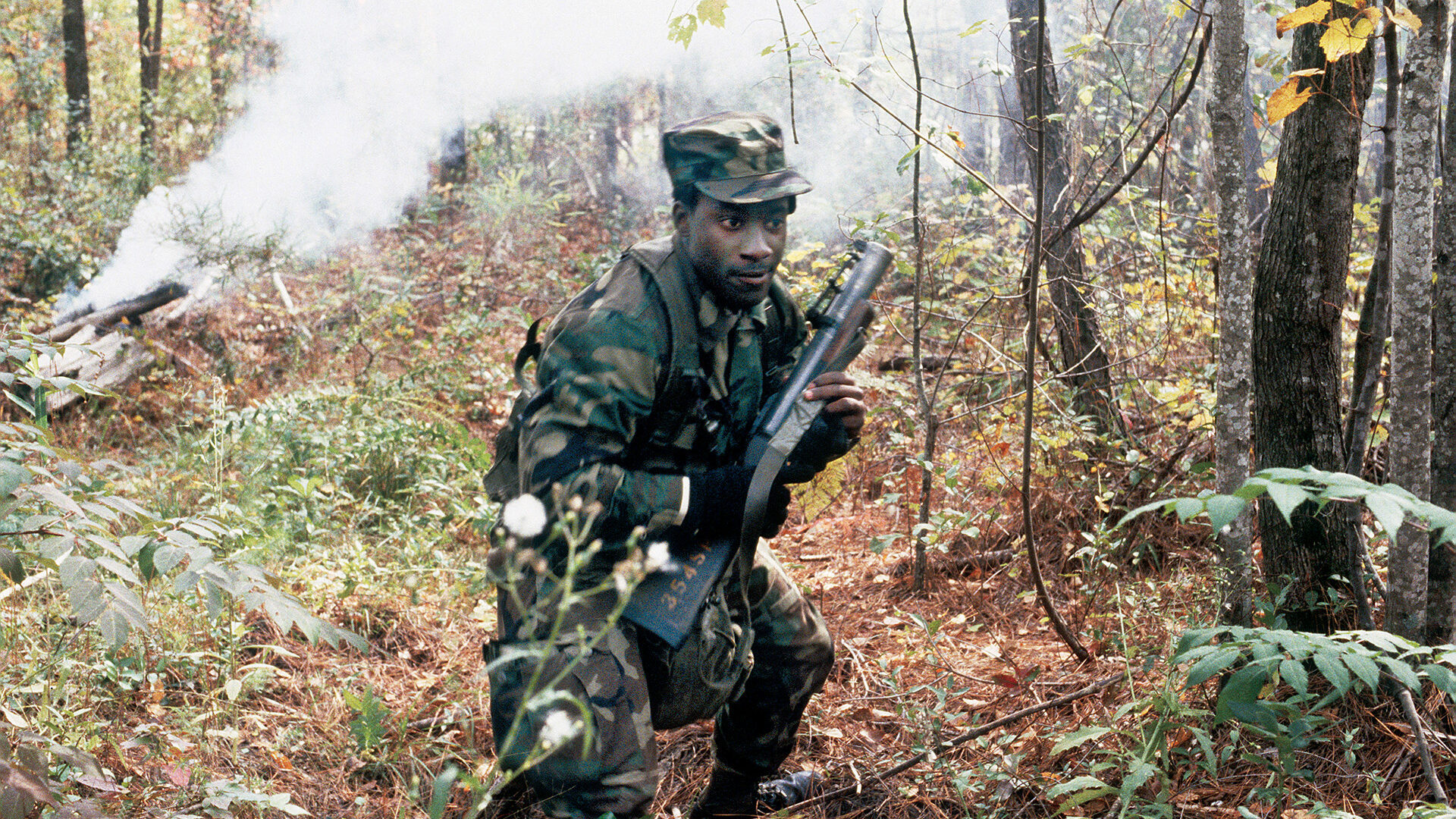
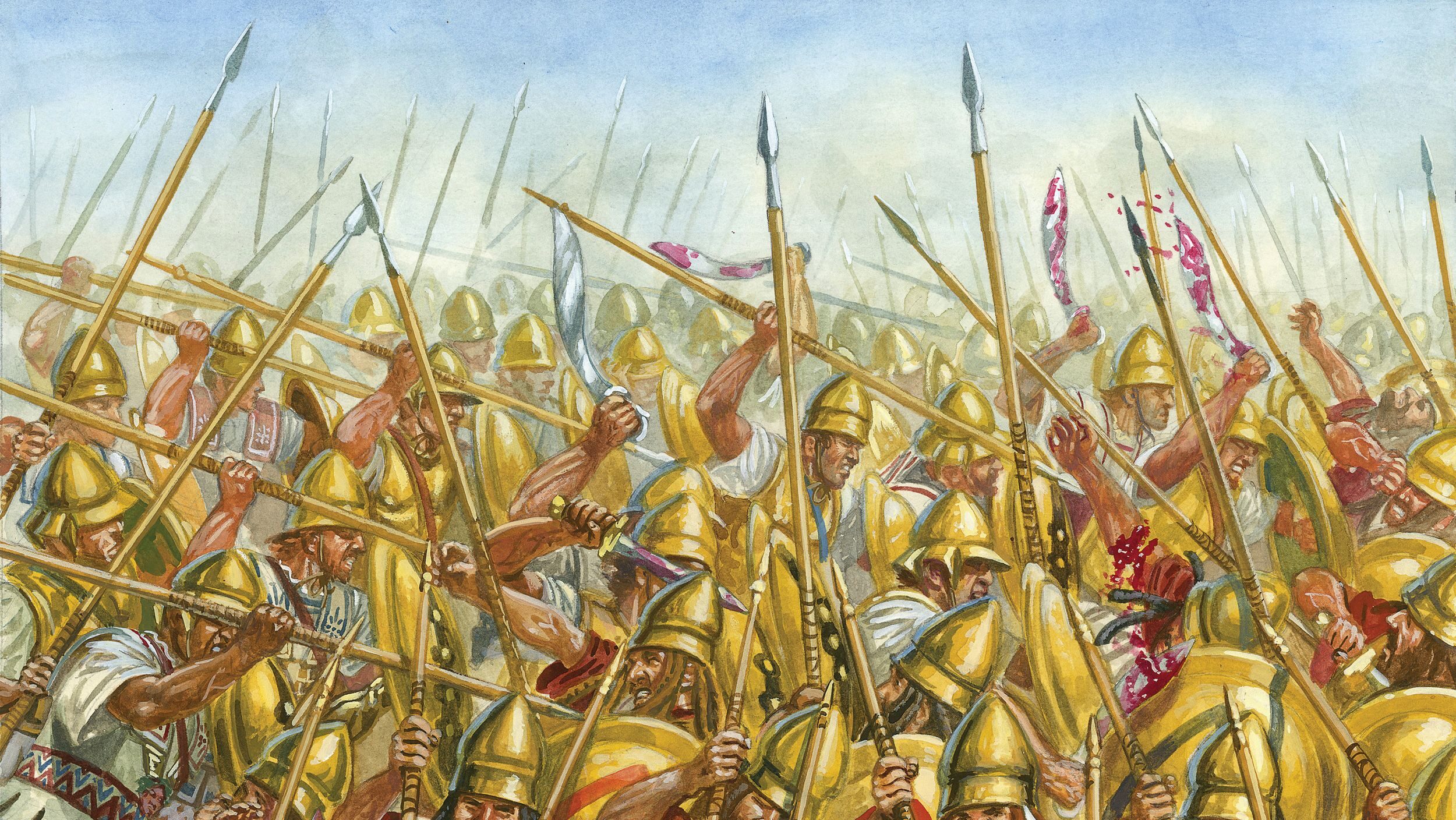
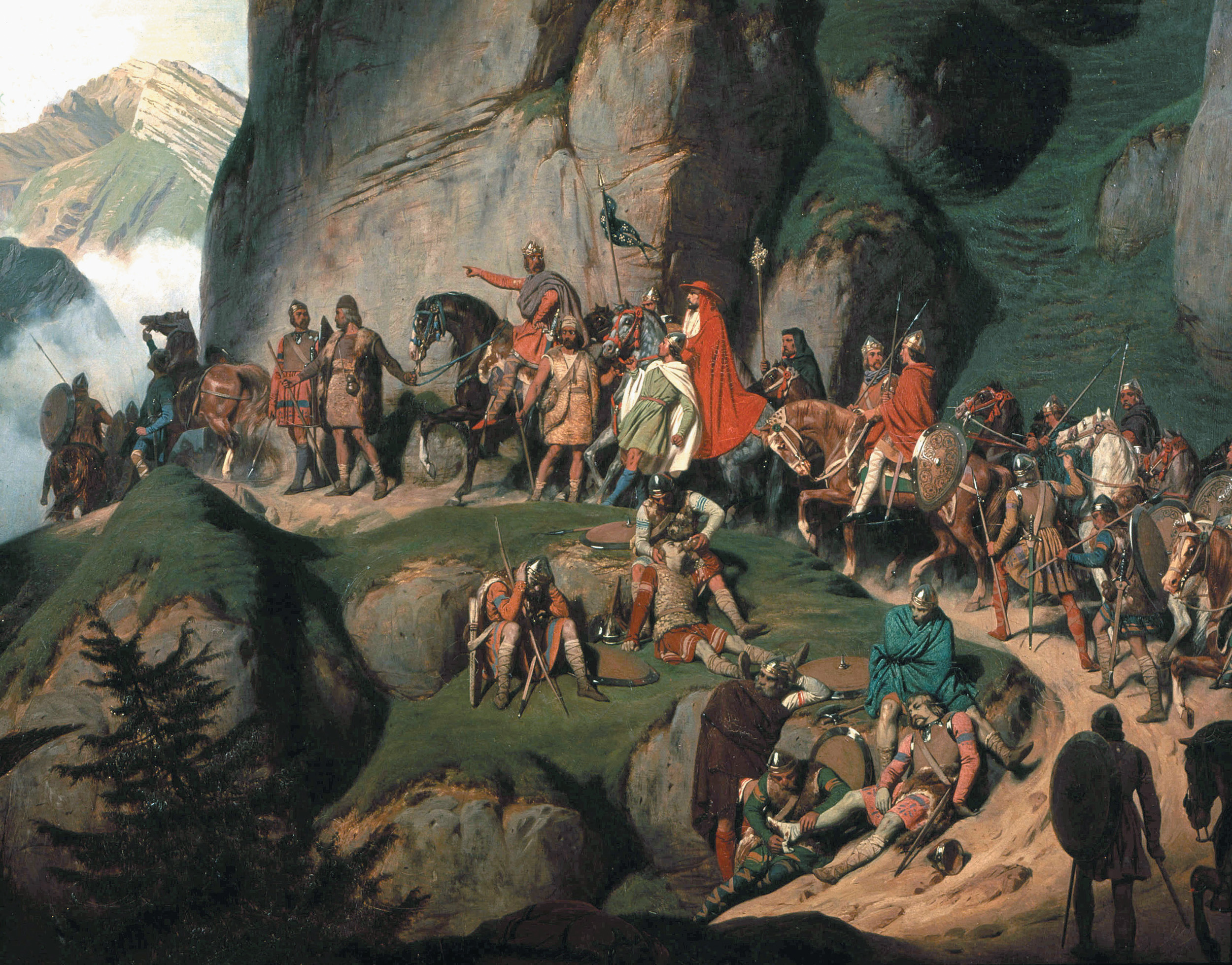
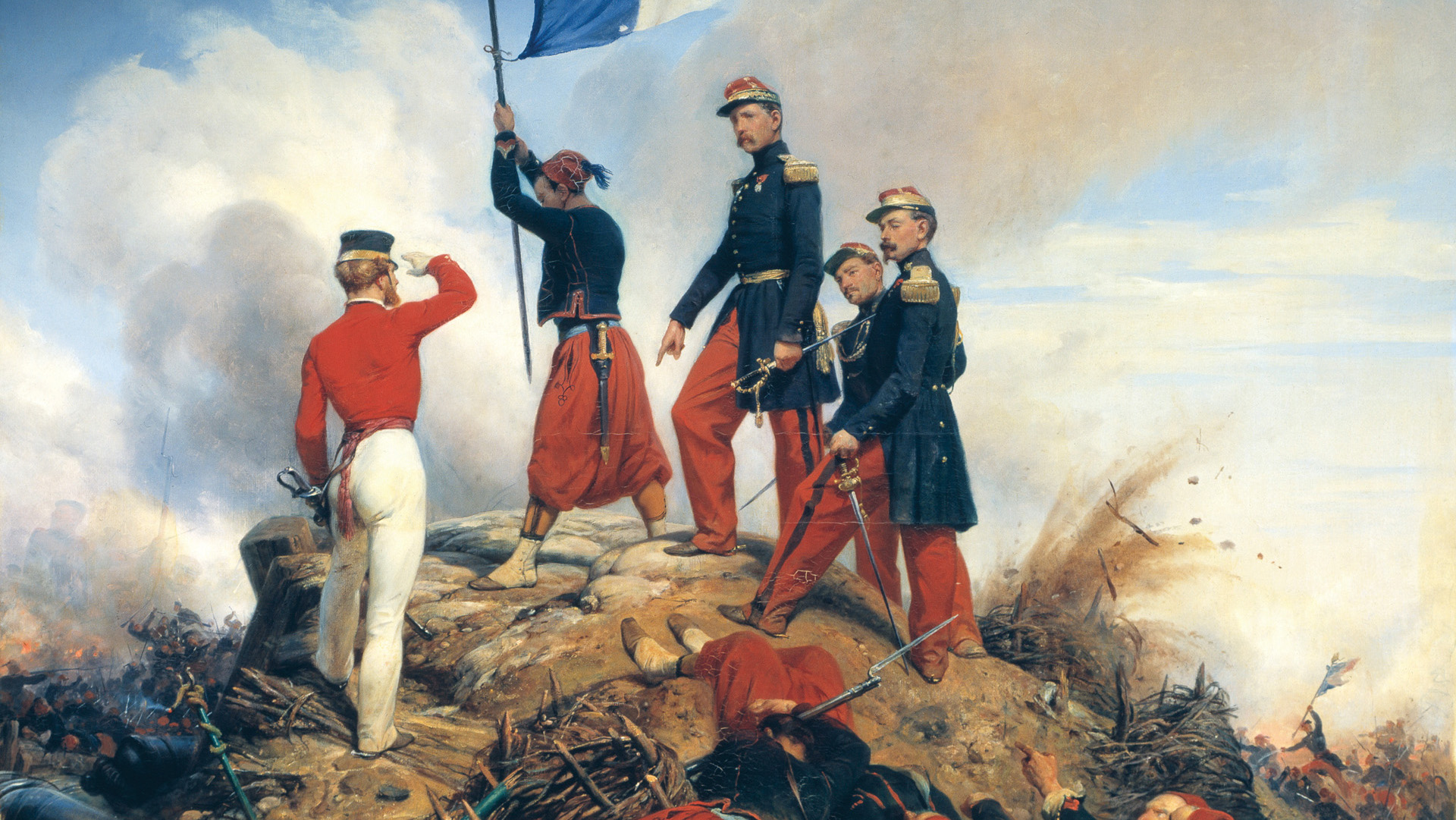

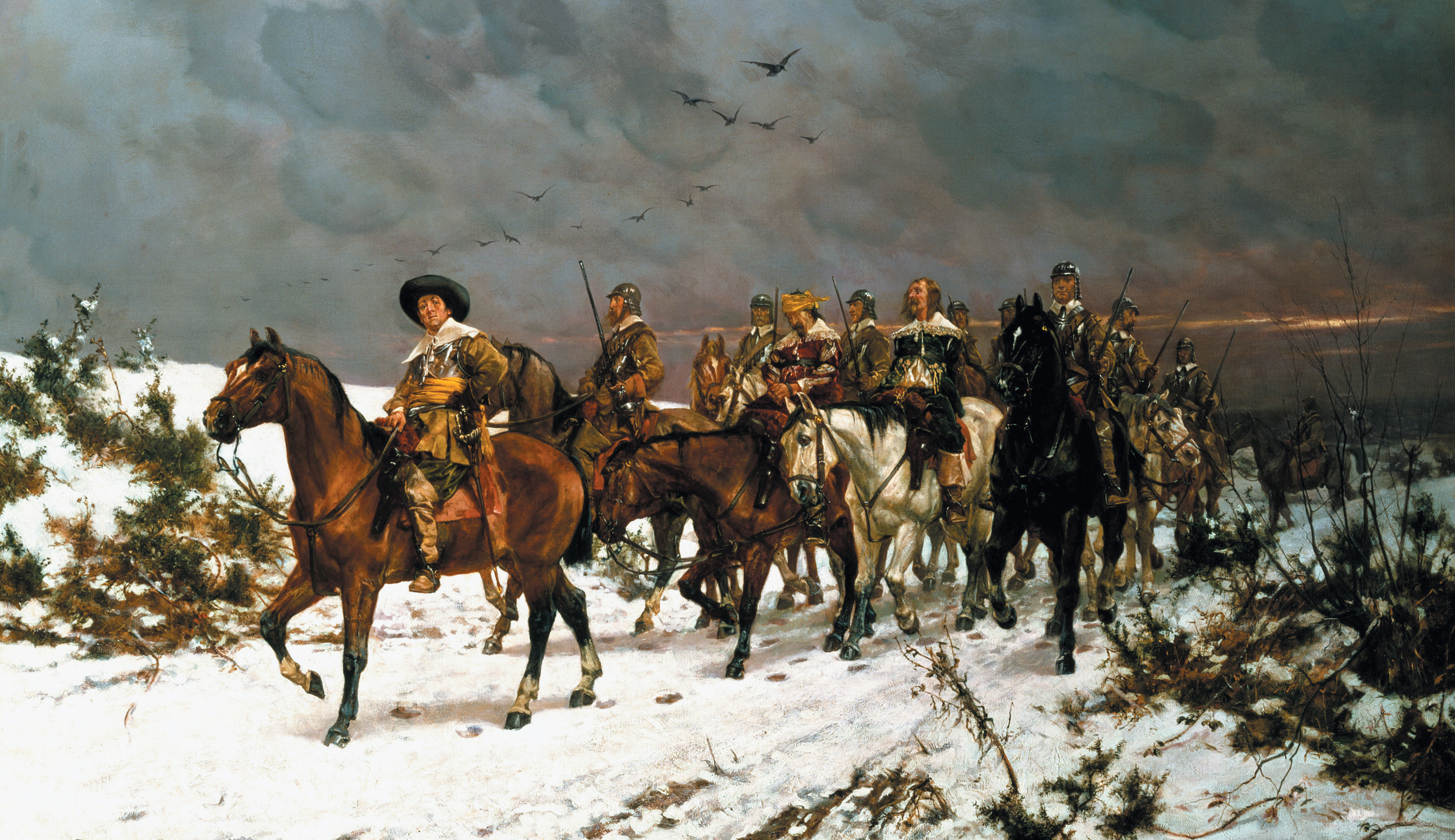
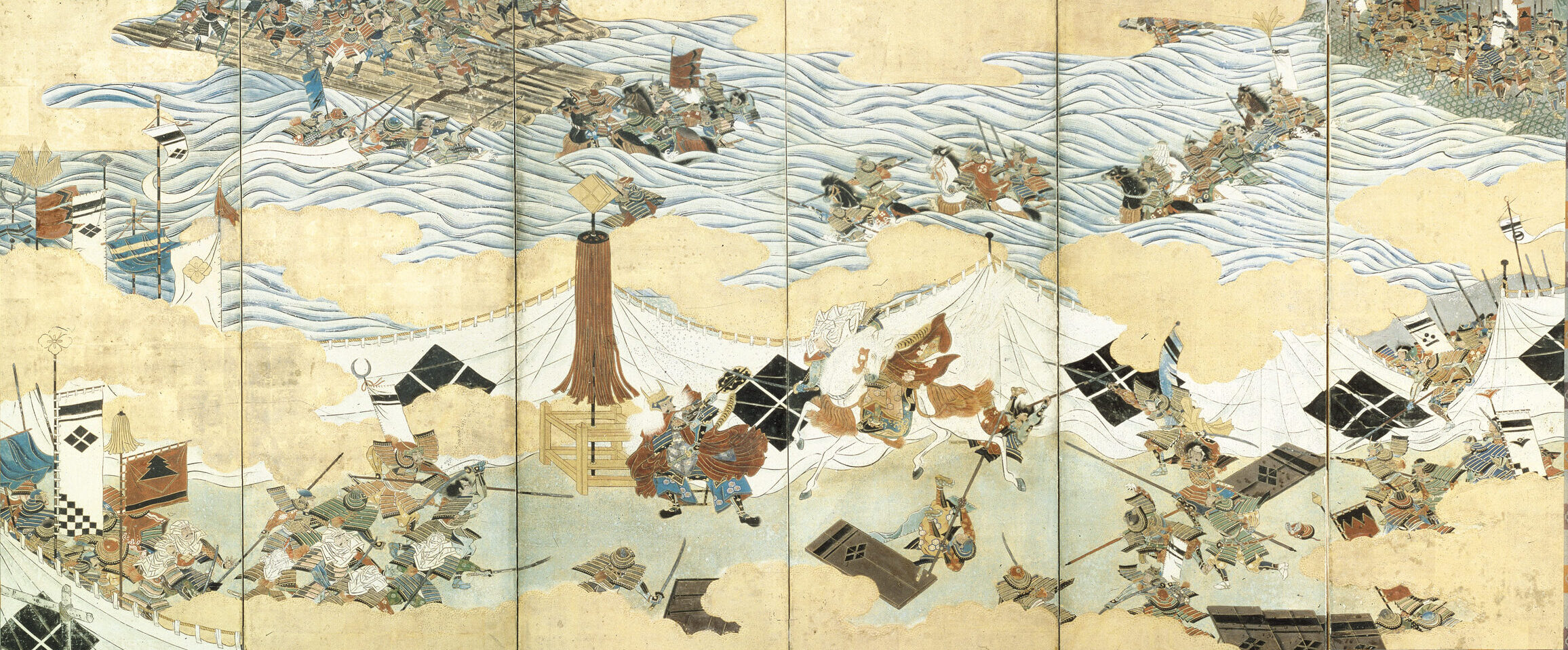
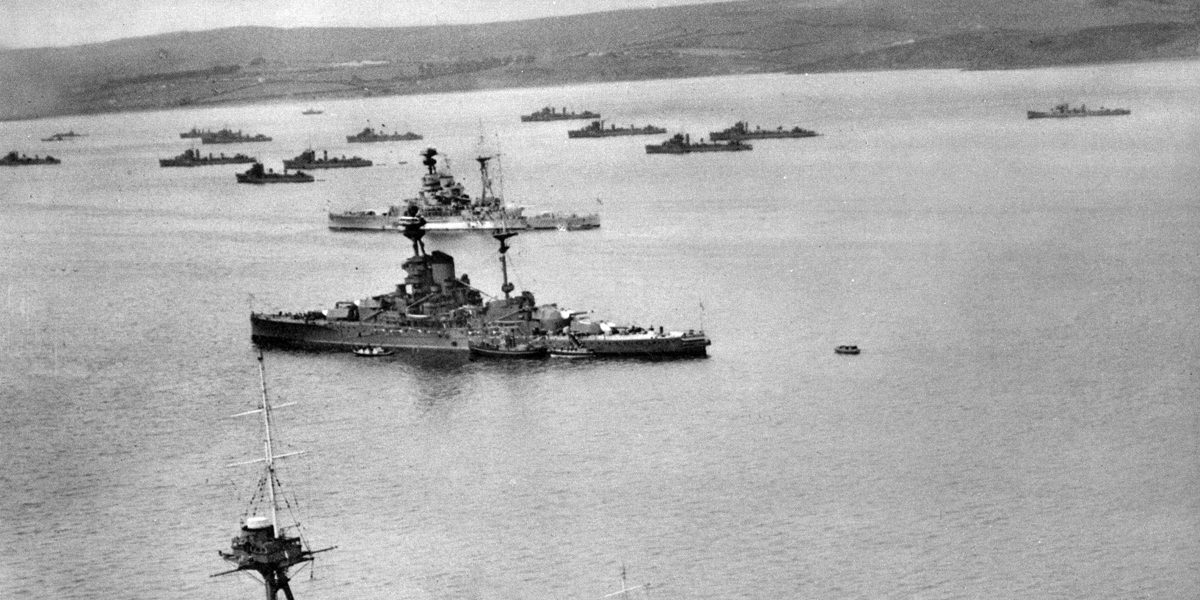
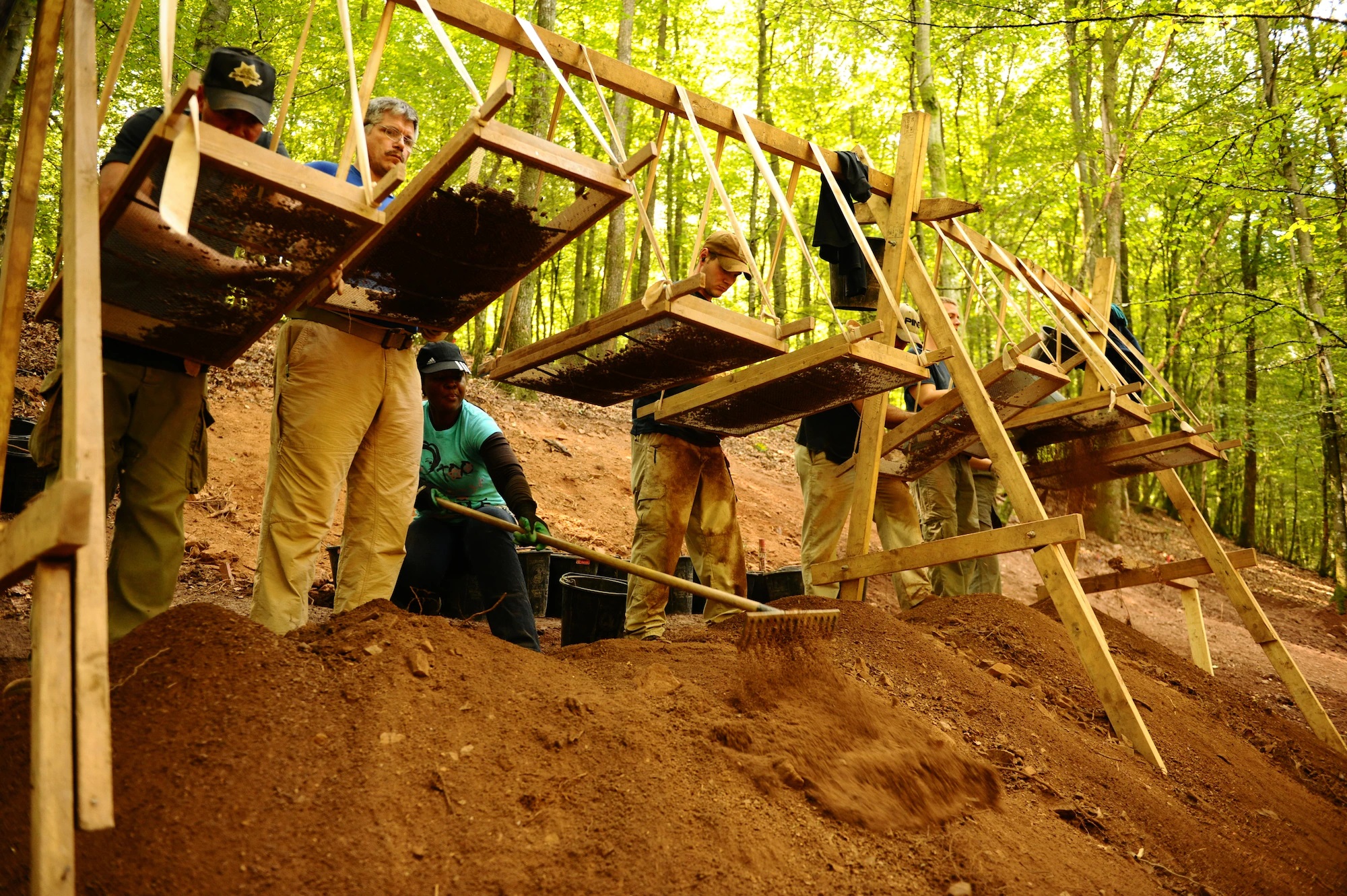
Join The Conversation
Comments
View All Comments